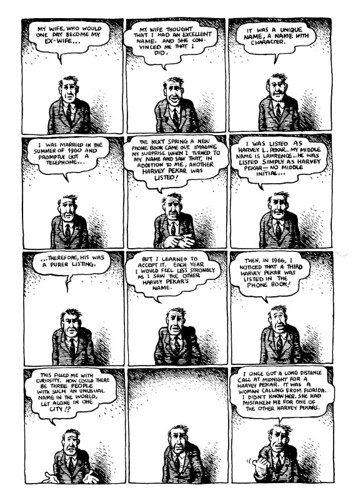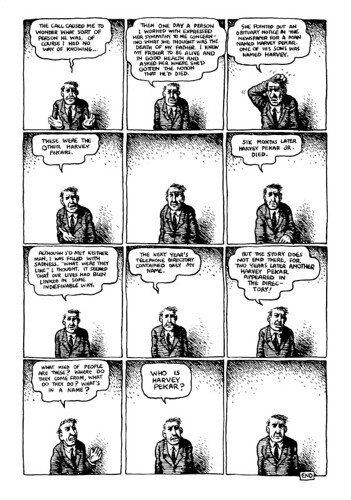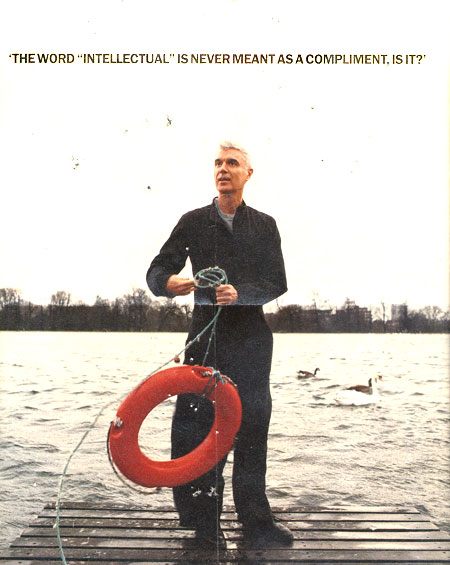One of the things I love about holiday road trips is all the ridiculous stuff you see along the highway. I like to keep the digital camera up front with us, just in case we see some gold…
For the past month, there’s been a billboard over on Carnegie Ave (in between the Hot Sauce Williams BBQ and the QuikCash) that sends Meg and me into hilarious gut laughs every time we drive by:
It’s the design of this billboard that cracks me up. With the overly-bright primary colors and a baby that looks absolutely ecstatic to be alive, it has to take the prize for the cheeriest pro-life billboard ever made. But best of all is the caption: try saying it to yourself out loud. I can’t figure it out! I could understand, “What? Embryos are babies???? or “What? Embryos are babies!??? or even, “What! Embryos are Babies???? But the double exclaimation points just don’t make any sense.
The sign is by a group called Prolife Across America, whose mission is to “create an ‘Atmosphere of Life’ in a ‘culture of death.'”
They should get Lil’ John to be their spokesman: “What! Embryos are babies! Yeah!”







